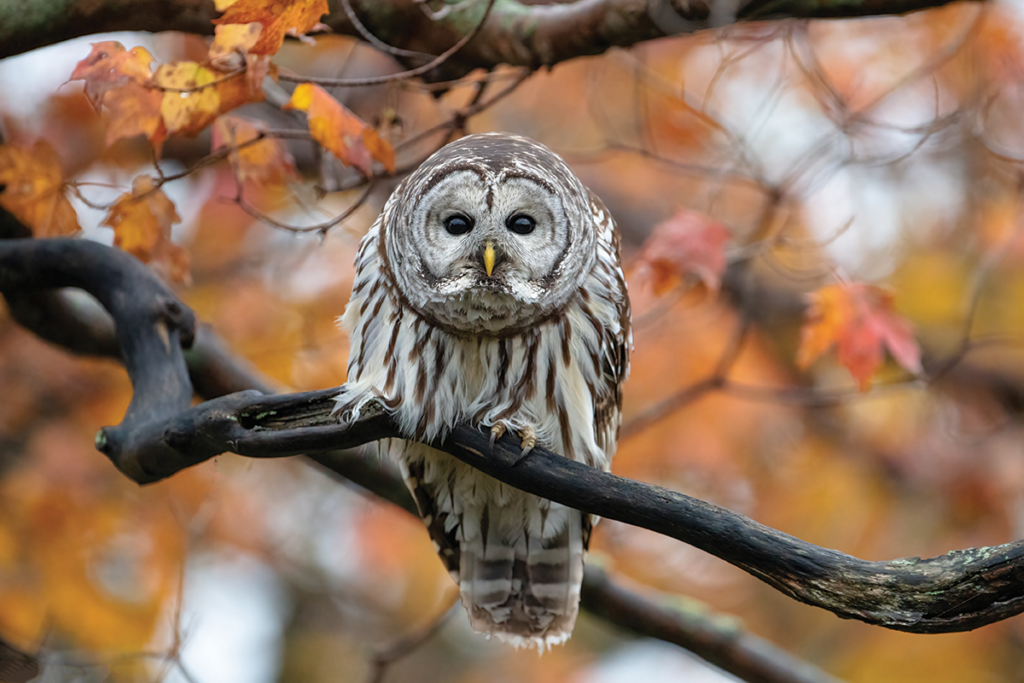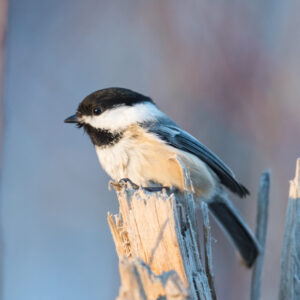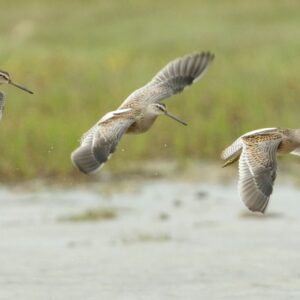Who Cooks for You? Meet the Barred Owl
Spoooooky season is upon us, and it’s time for you to meet this quintessential October critter, whose eerie hoots can be heard across Canada’s old-growth forests and tree-lined swamps during your midnight walk.
During daylight hours, Barred Owls roost amidst branches or in tree cavities. At night they venture out to hunt small mammals like mice, voles, squirrels, and rabbits, and occasionally invertebrates, amphibians, and reptiles.
About Barred Owls

What do Barred Owls look like?
Barred Owls are fairly stocky and large, with dark brown, nearly black eyes, bright yellow bills, and brown and white striped plumage. They are primarily brown, white, and grey, with horizontal barring across their chins and vertical barring across their bellies and chests. Unlike some other owls, their rounded heads have no ear tufts.
Where do Barred Owls live?
Barred Owls like to live in mature deciduous and coniferous forests or open meadows, usually near water like lakes, rivers, and wetlands. These owls used to live primarily in the east of North America, but the twentieth century has seen them spreading throughout the Pacific Northwest and even south as far as California! Once Barred Owls have found a place to call home, they tend to stay put. Migration is not on their ‘To Do list’.
Fun facts about Barred Owls
- During courtship, male Barred Owls mating calls can be heard shrieking like chimpanzees.
- The oldest recorded Barred Owl was 24 years old.
- In 2021, a distinct population of Barred Owls, split and named Cinereous Owl (Strix sartorii), were found in Mexico. Once considered a subspecies of Barred Owl, these owls are endemic to Mexico.
- Barred Owls are formidable hunters, able to hunt by sound, hover in place, and swallow prey whole.
- Fossils of Barred Owls from the Pleistocene epoch were unearthed in Ontario, Florida, and Tennessee. The fossils are at least 11,000 years old.
Barred Owl Threats and Conservation
The good news is Barred Owls are not currently endangered in Canada! In fact, the North American Breeding Bird Survey found that their populations increased 1.1% per year from 1966 and 2019. The less good news is that Barred Owls are highly sensitive to deforestation from logging expansion. They feel most at home in sprawling and unfragmented areas of old-growth forests that support diverse prey and have big enough tree cavities for nesting. Because of this preference, Barred Owls can be used as indicator species for managing old forests.
Learn more about how you can advocate for birds in your area. Check out Nature Canada’s Bird Friendly City program!



